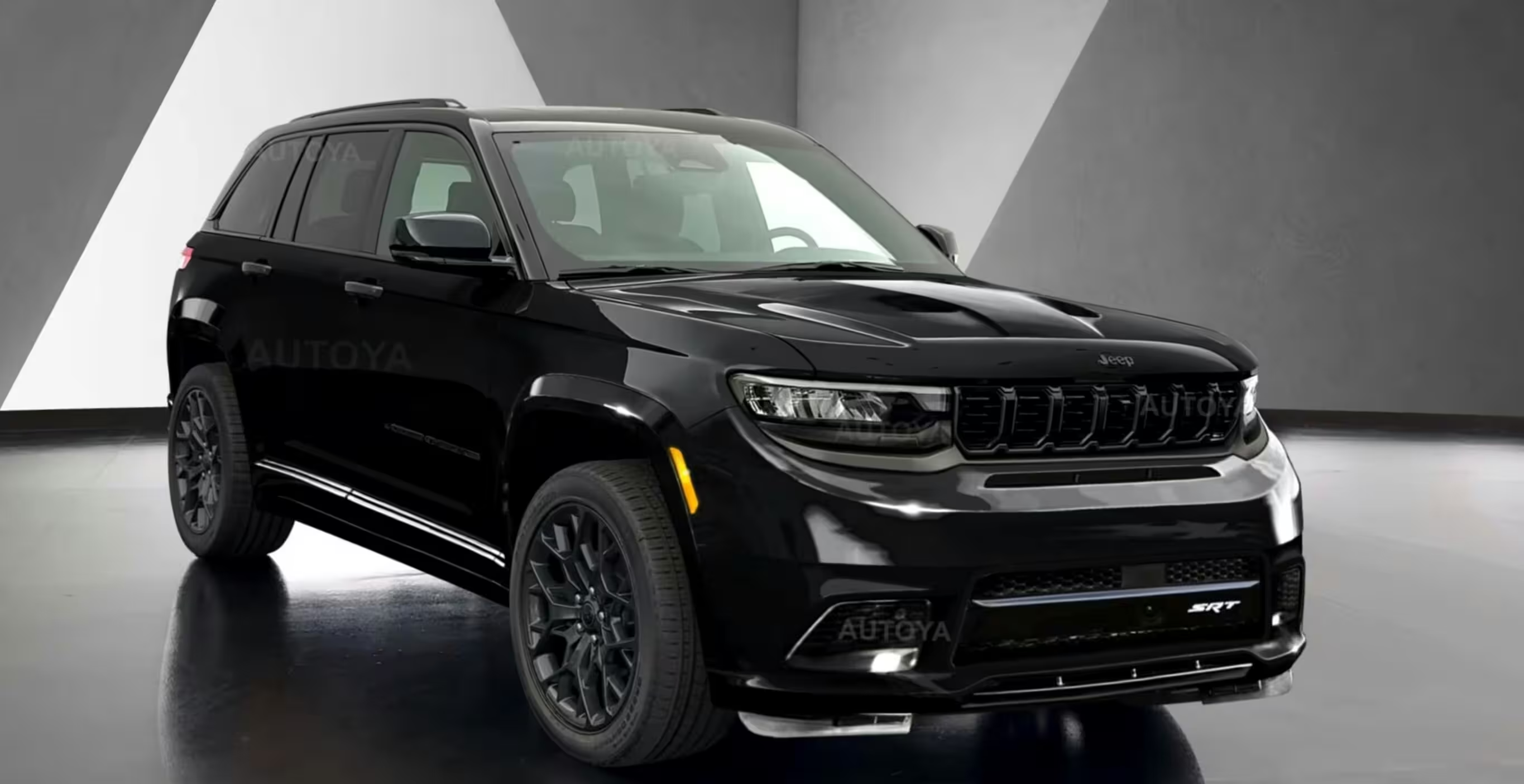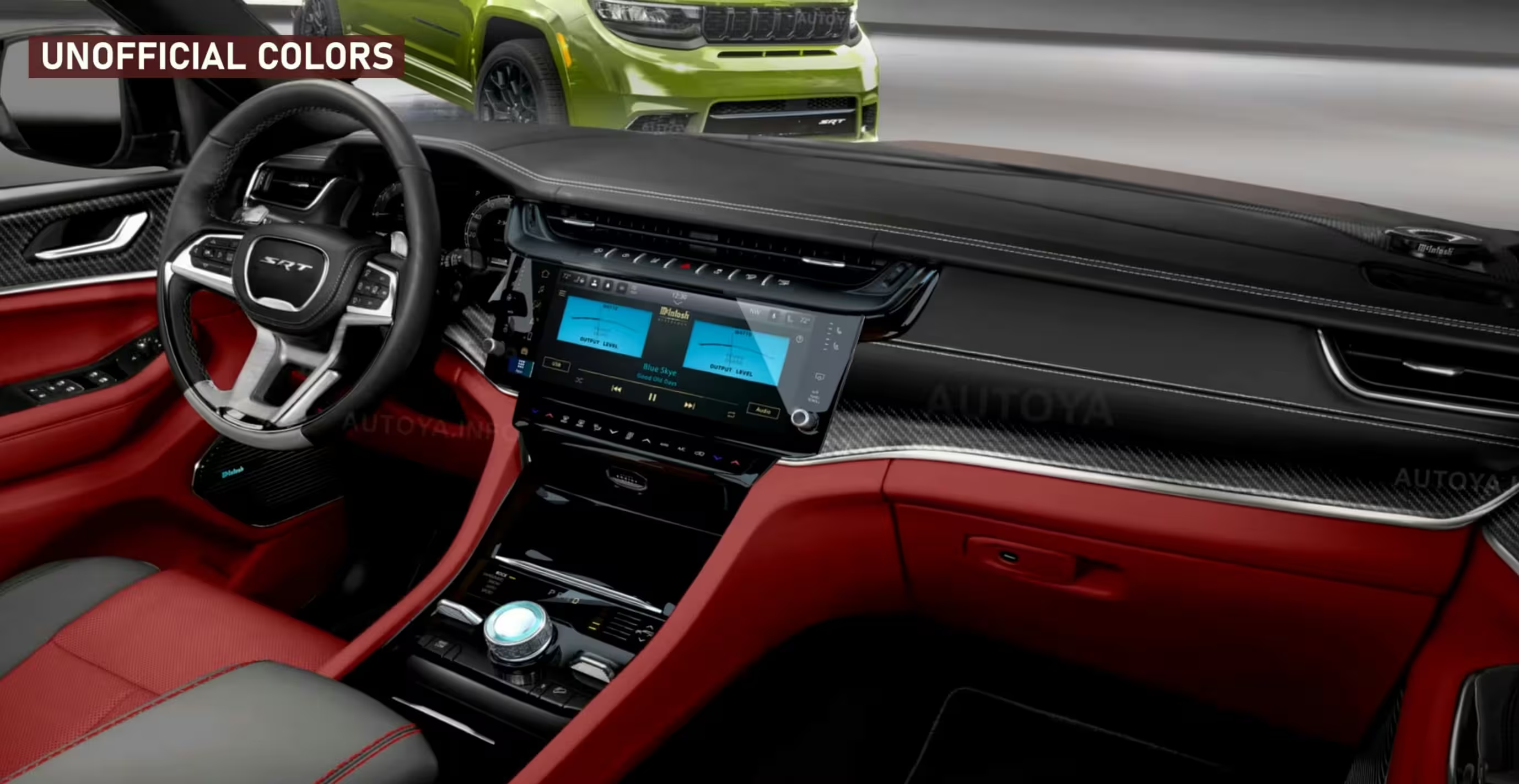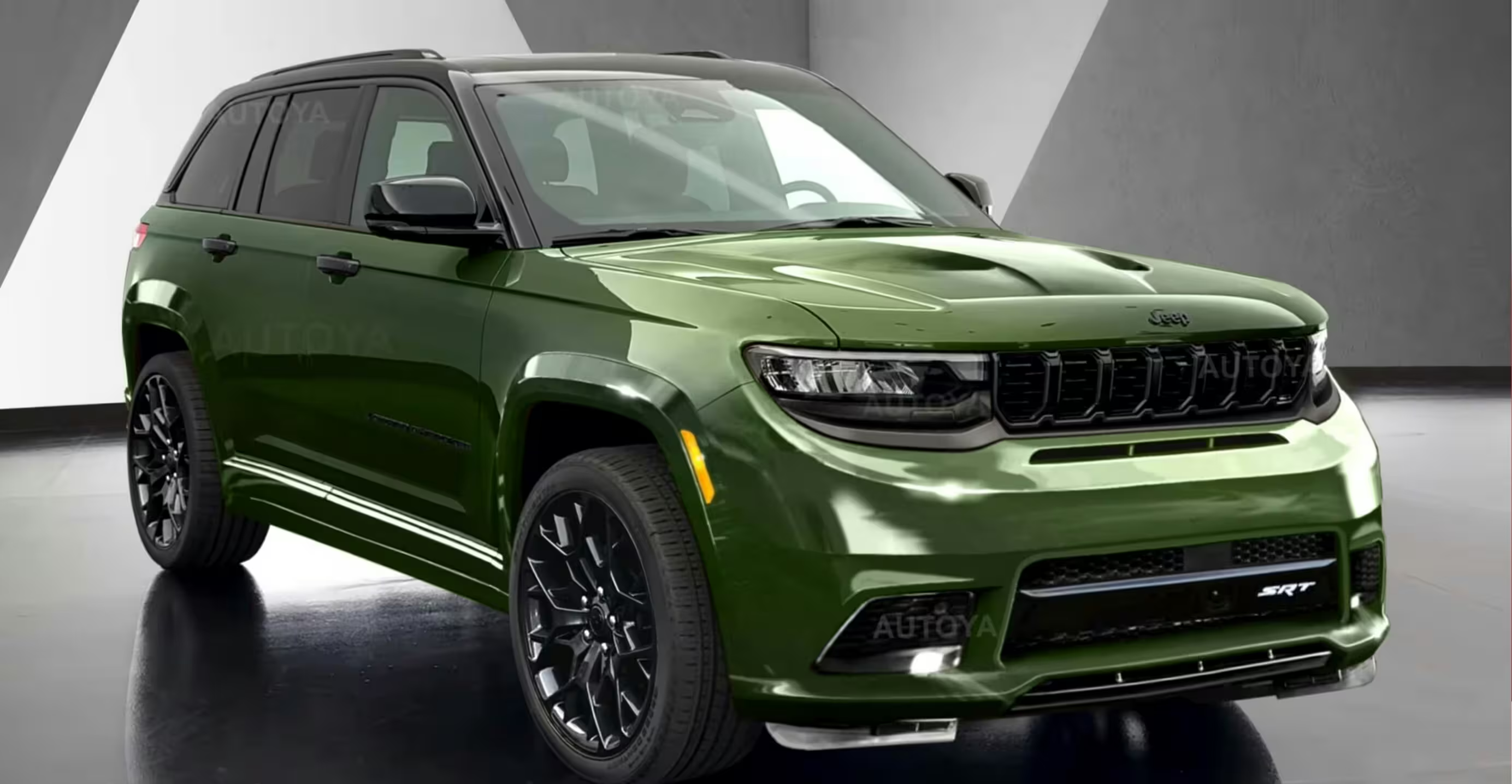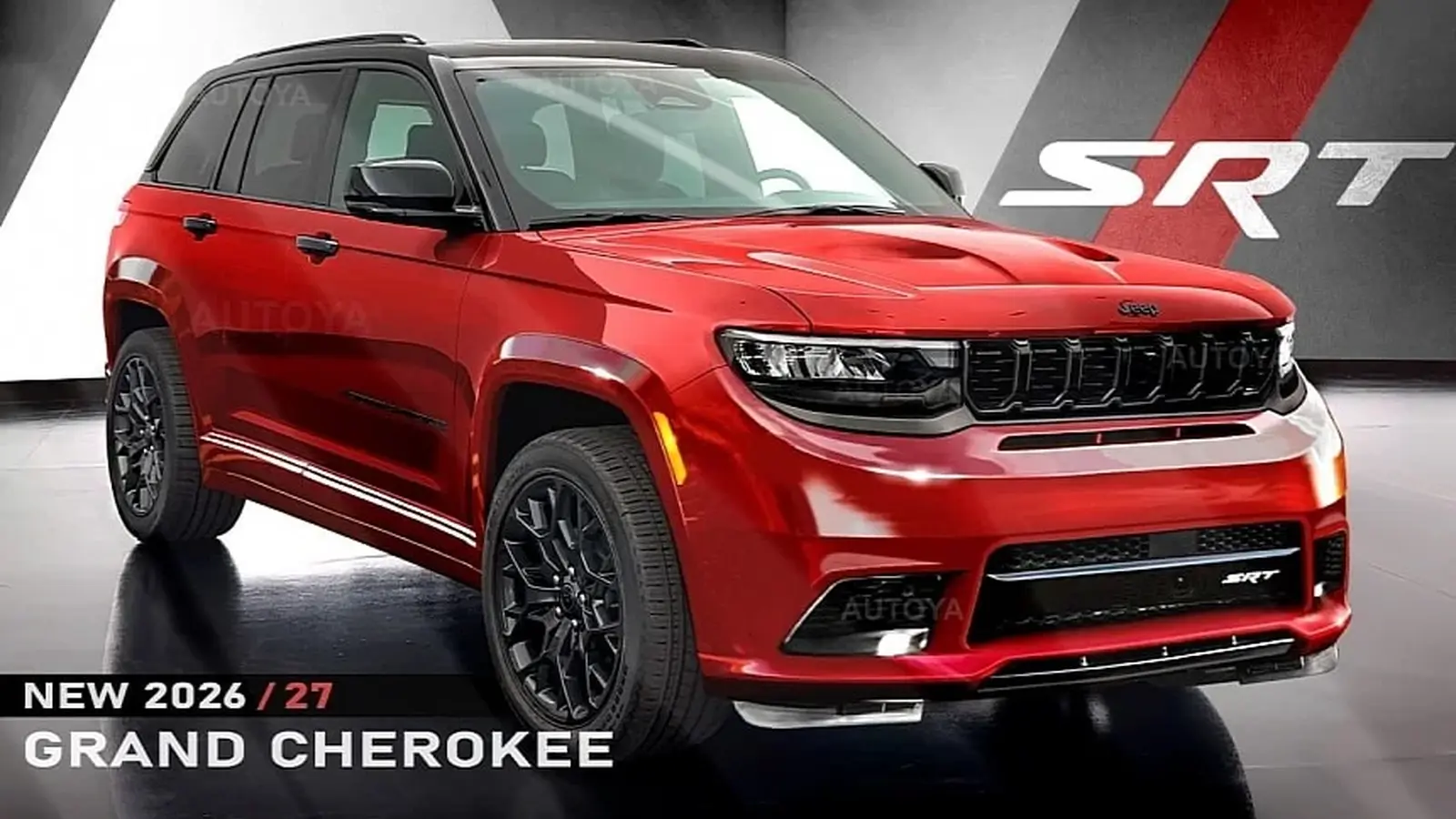4 Minutes
A digital Trackhawk reimagines Jeep's high-performance flagship
Jeep's refreshed fifth-generation Grand Cherokee is already turning heads, but one recent digital rendering has set the enthusiast world abuzz: a CGI revival of the Trackhawk. Produced by AutoYa on YouTube, the video imagines the updated Grand Cherokee with a menacing, Hellcat-style V8 — a visual and performance exercise rather than an official product announcement.
Why the Trackhawk CGI matters
The render taps into a long-running fascination with super-SUVs: brute-force performance wrapped in a versatile, family-friendly package. The previous Grand Cherokee Trackhawk, which shared architecture with the Dodge Durango, genuinely packed a 6.2-liter supercharged Hellcat V8 that made headlines with 707 horsepower and roughly 645 lb-ft (about 875 Nm) of torque. That car sprinted to 60 mph in roughly 3.5 seconds and ran low 11-second quarter miles — numbers that put it in Ferrari- and Lamborghini-rival territory.
But the reality behind the render is more complicated. The newest Grand Cherokee platform shares components with vehicles like the Alfa Romeo Stelvio, meaning the engineering effort to shoehorn a Hellcat V8 into the current chassis would be monumental and prohibitively expensive for a likely niche return.

2026–2027 Grand Cherokee: what’s actually available
Jeep's real, showroom-ready powertrains for the refreshed Grand Cherokee lineup focus on efficiency and electrification rather than a no-holds-barred V8:
- Pentastar V6: 293 hp and about 260 lb-ft (352 Nm) of torque — the steady, mainstream choice.
- New Hurricane 2.0L turbo: around 324 hp and 332 lb-ft (450 Nm) — a surprising punch from a four-cylinder.
- Grand Cherokee 4xe (PHEV): combined output close to 375 hp with 470 lb-ft (637 Nm) of torque — Jeep’s answer to performance with electrification.
These powertrains reflect industry trends: downsizing, forced induction, and hybridization to meet emissions and efficiency targets while still delivering dynamic performance.

Exterior and interior updates
Beyond engines, the mid-cycle facelift brings several tangible changes:
- Refreshed exterior trim and new color options
- Redesigned rear bumper and subtle sporty accents
- Updated dashboard panel and center stack
- Larger infotainment screen (12.3-inch) and new switchgear
The cabin revisions aim to modernize the user experience, with improved ergonomics and a more premium feel — elements that matter to buyers as much as headline horsepower.
Market positioning and what to expect
The Trackhawk CGI is a fun thought experiment and an effective marketing moment, but don't expect a factory-built Hellcat Grand Cherokee to return soon. The cost, engineering complexity, and shifting market demands toward electrification make a mass-market V8 super-SUV unlikely. Instead, Jeep is positioning the Grand Cherokee as a tech-forward, performance-capable SUV with hybrid options that appeal to broader, emission-conscious audiences.
"The digital Trackhawk shows what could be, but it's also a reminder of how automotive platforms dictate real-world possibilities," said a product analyst following the refresh.
Highlights at a glance:
- CGI Trackhawk: purely a visual concept, not an announced model
- Previous Trackhawk specs: 6.2L Hellcat, 707 hp, 645 lb-ft, 0-60 mph ~3.5s
- 2026/2027 lineup: Pentastar V6, Hurricane 2.0L, and 4xe PHEV options
- New tech: 12.3-inch screen, refreshed interior, revised bumper and trim

Pricing for the updated Grand Cherokee lineup has not been confirmed yet, but the refreshed models are expected to reach dealerships soon. For buyers who prioritize raw V8 power, the used-market Trackhawk remains the most authentic Hellcat Grand Cherokee experience — while the new lineup leans into modern performance, efficiency and digital refinement.
Whether you love the CGI Trackhawk as a design exercise or dismiss it as daydreaming, it underscores one thing: the appetite for high-performance SUVs is very much alive — even if the future of that segment looks increasingly electrified rather than purely combustion-driven.
Source: autoevolution


Leave a Comment